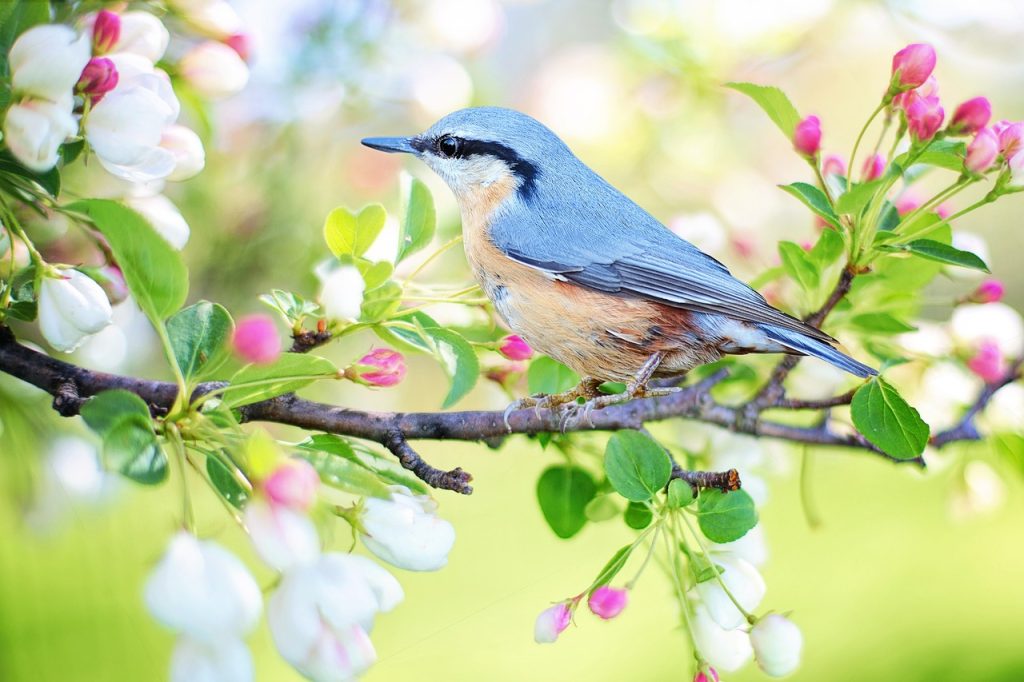
Birds, with their graceful flight, melodic songs, and vibrant plumage, have captured the human imagination for centuries. From the smallest hummingbird to the mighty eagle, these avian creatures inhabit almost every corner of the globe, adapting to diverse habitats and playing crucial roles in ecosystems worldwide. In this comprehensive exploration, we delve into the fascinating world of birds, examining their anatomy, behaviors, ecological significance, and the intricate relationship they share with humans.
Anatomy and Physiology
Birds are marvels of biological engineering, finely tuned for flight and survival. Their lightweight bodies are adorned with feathers, which provide insulation, aid in flight, and display striking patterns used for communication and courtship. Beneath their feathers lies a unique skeletal structure, featuring hollow bones to reduce weight and air sacs that facilitate efficient respiration. Birds’ powerful muscles and keen senses contribute to their remarkable agility and precision in the air, allowing them to navigate vast distances during migration and capture elusive prey with unparalleled accuracy.
Diversity and Adaptations
With over 10,000 species identified worldwide, birds exhibit an astonishing array of shapes, sizes, and behaviors. From the brilliant plumage of tropical parrots to the cryptic camouflage of owls, each species has evolved specialized adaptations to thrive in its particular environment. Some, like penguins and ostriches, have forsaken flight for a life on land, while others, such as swifts and albatrosses, spend the majority of their lives in the air, traversing oceans and continents in search of food and breeding grounds.
Ecological Significance
As integral components of terrestrial and aquatic ecosystems, birds play diverse ecological roles that contribute to the balance and functioning of natural communities. They serve as pollinators for flowering plants, dispersers of seeds, and regulators of insect populations, helping to control pests and maintain ecosystem health. Additionally, birds are sensitive indicators of environmental change, with shifts in their abundance and distribution often reflecting broader trends in habitat quality, climate patterns, and human activities.
Behavioral Adaptations
Birds exhibit a wide range of complex behaviors, from elaborate courtship displays to intricate nesting rituals and cooperative hunting strategies. Many species are highly social, forming intricate social hierarchies and engaging in cooperative breeding and parental care. Others display remarkable cognitive abilities, such as tool use and problem-solving, challenging traditional notions of animal intelligence and consciousness.
Human Interactions
Throughout history, birds have held significant cultural, symbolic, and practical importance for humans. They have inspired art, literature, and mythology, serving as symbols of freedom, wisdom, and transcendence in cultures around the world. Moreover, birds provide valuable ecosystem services and economic benefits, supporting industries such as ecotourism, birdwatching, and agriculture. However, human activities, including habitat destruction, pollution, and climate change, pose significant threats to bird populations, driving many species towards extinction and disrupting delicate ecological relationships.
Conservation Efforts
Recognizing the critical importance of birds in maintaining biodiversity and ecosystem stability, conservationists and policymakers have implemented various strategies to protect and restore avian habitats and populations. These efforts include the establishment of protected areas, habitat restoration projects, captive breeding programs, and international agreements aimed at curbing illegal trade and hunting. Public awareness campaigns and citizen science initiatives have also played crucial roles in monitoring bird populations and advocating for their conservation.
Conclusion
Birds, with their beauty, diversity, and ecological significance, are truly nature’s aerial wonders. As stewards of the planet, it is our responsibility to safeguard these magnificent creatures and the habitats they depend on for future generations to enjoy. By embracing sustainable practices, supporting conservation efforts, and fostering a deeper appreciation for the natural world, we can ensure that birds continue to soar across the skies and enrich our lives with their presence for years to come.
